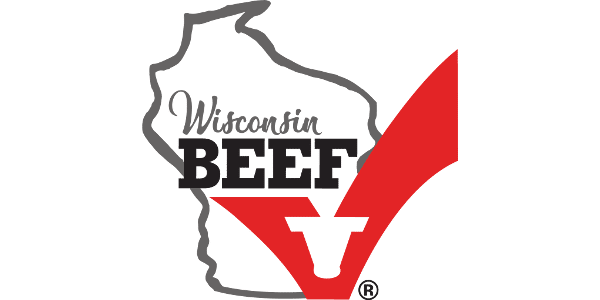
Helping school food service staff utilize beef more often and in diverse ways
The Wisconsin Beef Council has stepped in to make the school nutrition staff’s job a little bit easier with their innovative Beef Resource Guide.
VERONA, Wis. — Do you enjoy cooking dinner for your family each night? Imagine having to cook lunch for hundreds of kids with different preferences every single day. The Wisconsin Beef Council has stepped in to make the school nutrition staff’s job a little bit easier with their innovative Beef Resource Guide.
The idea came out of the COVID-19 pandemic. The Wisconsin Beef Council office received phone calls from school food service directors across the state who were having challenges sourcing their USDA commodity beef products. This prompted their interest in buying beef directly from farmers for their menu needs, but they lacked guidance on how to proceed. Through those conversations, the Beef Council team identified existing resources and contacts that could direct the discussion and find what information and tools were missing.
Louisa Peterson, owner of Creamery Creek Farms near Bangor, Wis. already had an established relationship with her local school district and offered her insight.
“I found that when I showed up to a school food director with my product and my story, it was a win,” she said. “It hasn’t been without challenges, but I get a lot of personal satisfaction from feeding our local school kids.”
The goal of the Beef Resource Guide is to help school food service staff utilize beef more often and in diverse ways on their lunch trays. This comprehensive guide encompasses beef’s nutritional benefits, ways to utilize various cuts of beef, advice for talking with farmers and processors to source local beef, food safety tips and tricks when working with raw products and a variety of recipes that are pre-credited for the directors’ ease of use.
The Wisconsin Beef Council identified several challenges faced by school food service professionals. These include the variability in school cafeteria equipment, limited staffing, and minimal experience working with raw beef products in the school lunch program. Unlike the pre-cooked beef crumbles or hamburger patties that schools are familiar with, the use of frozen ground beef and other cuts presented a learning curve.
In addition to these operational challenges, schools must adhere to nutritional guidelines that specify minimum and maximum ounces of meat or meat alternatives to be served within a week, referred to as “crediting.” These requirements vary based on grade level.
Susan Bostian Young, a nutrition program consultant from the Wisconsin Department of Public Instruction, emphasized, “This Beef Resource Guide assists schools in using fresh, whole cuts of beef in school meals with helpful food safety information. Best of all, it shows how different beef cuts and dishes contribute to the overall meal pattern.”
This presents a considerable task for meal planning. The commodity beef products typically used in schools have “crediting” information on the label, while locally purchased beef may not. Procurement guidelines, determined by the transaction’s dollar value, also need to be followed for local purchases. Like many consumers, there was also a general unfamiliarity with beef primals and cuts that would fit best within menus and budgets. Lastly, there was a demand for large-quantity recipes with nutritional crediting information.
Michelle Denk, the Food Service Director for the Mount Horeb School District, praised the guide saying, “The recipes have the crediting information provided and include recommendations for substituting different cuts of meat. I appreciate the nutritional information, recipes, and even questions to ask your farmer when you decide to purchase from them. I found the guide extremely helpful, and the recipes are great!”
In the coming fiscal year, the Wisconsin Beef Council plans to continue distributing this guide and expand it by adding more recipes as well as visual training tools for staff. The guide is published for use nationally and in Wisconsin. The Wisconsin-specific version with local resources can be found at https://www.beeftips.com/nutrition/beef-resource-guide. The more generic, national version is being distributed by our other Qualified State Beef Council partners through https://www.beefitswhatsfordinner.com/nutrition/beef-for-tweens-and-teens.
“With the new resource guide, beef can be used for any student’s lunch and your family’s dinner,” Grace Link with the Wisconsin Beef Council said. “For more information, contact us at [email protected]“
— Wisconsin Beef Council
